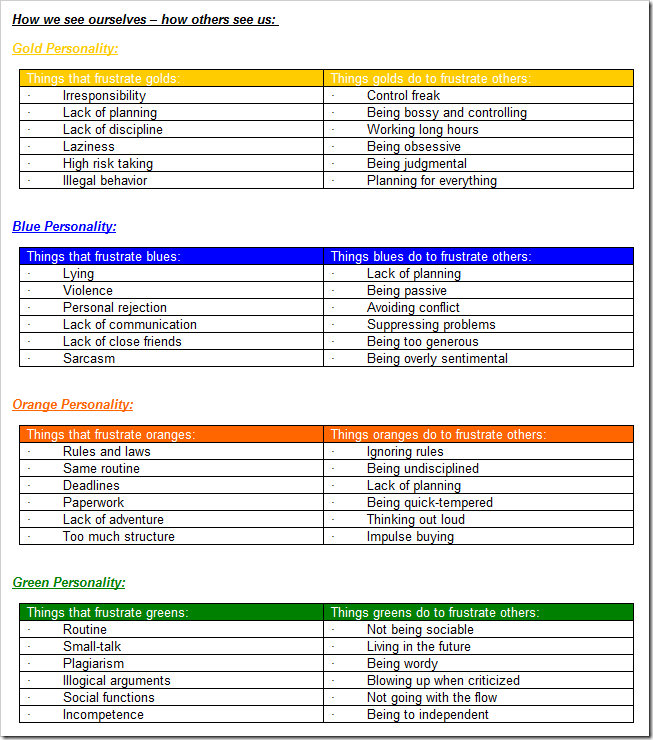
This means that while some communication is spoken, or verbal communication, a lot of communication is also nonverbal. Over half of what we communicate is not spoken but communicated through things like body language. Interpersonal communication encourages empathy and interaction, but that's not always the case.
Communication styles are as varied as individuals because the way someone communicates depends a lot on personal preferences, thoughts, views and behavior patterns. However, there are four main communication categories that capture the range of styles: emotive, directive, reflective and supportive. The style differences have to do with the degree of sociability and dominance preferred. Sociability relates to friendliness and dominance relates to control or authority. In a reflective style, the preference for sociability and dominance is low.
DominanceSince the reflective communication style is low on dominance, individuals who favor this style prefer not to take control of or dominate a conversation. Reflective communicators are usually non-assertive and shy away from exhibiting control over others. The reflective communicator prefers a cooperative approach to interacting and is open to helping others by engaging in listening rather than controlling. The focus is on an accurate transfer of information versus the need for authority. SociabilitySociability has to do with the importance and enjoyment of social relationships during communications. Communication styles that are high on the social spectrum freely express feelings.
Reflective communicators are low on the sociability continuum and prefer not to spend much time building social relationships. They use restraint to control emotions and refrain from revealing feelings.
Reflective communicators tend to be more reserved and formal during communications. BehaviorPeople can communicate using any combination of the main communication styles, but one style is usually predominant or preferred. When a reflective communicating style is dominant, behavior is thoughtful and deliberate. An individual using a reflective communication style will want plenty of details and information before he expresses an opinion or makes a decision. Reflective communicators do not get emotionally charged during the process. They like to engage in positive communication that is orderly and organized.

Reflective InteractionsThe approach to take when dealing with a person who is a reflective communicator is to appease her preference for order, organization and detail. It’s best to approach an individual with a reflective communication style in a straightforward, no nonsense manner. Provide her with information that is detailed, precise and logically organized.
Since reflective communicators have a preference for detail, be prepared to back up statements with facts. The reflective communicator is deliberate in her processing of information, so don’t expect a quick decision.
Pros and ConsAs with any communication style, there are advantages and disadvantages. With a reflective communication style, advantages include an honest response, non-defensive behavior, the patience to think things through before acting and the willingness to listen to all sides and opinions. On the other hand, because this style of communication is slow and deliberate, the communicator using this style is sometimes perceived as being aloof, preoccupied or unresponsive. In reality, this communication style is more about reflecting and processing information versus engaging in too much dialogue.
